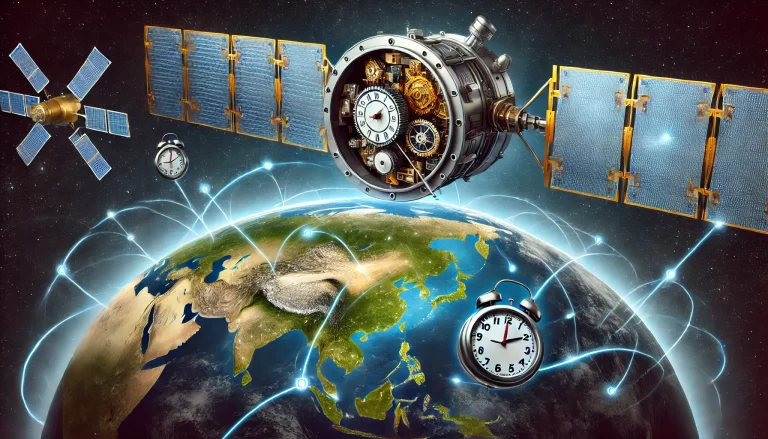How a Quartz Watch Works: The Science of Timekeeping
The humble quartz watch is a marvel of precision engineering and scientific innovation. It quietly and reliably keeps time on our wrists, all thanks to the fascinating properties of a tiny piece of quartz crystal and some clever electronics. But how does it work? What makes a quartz watch so accurate, and what’s the science…



